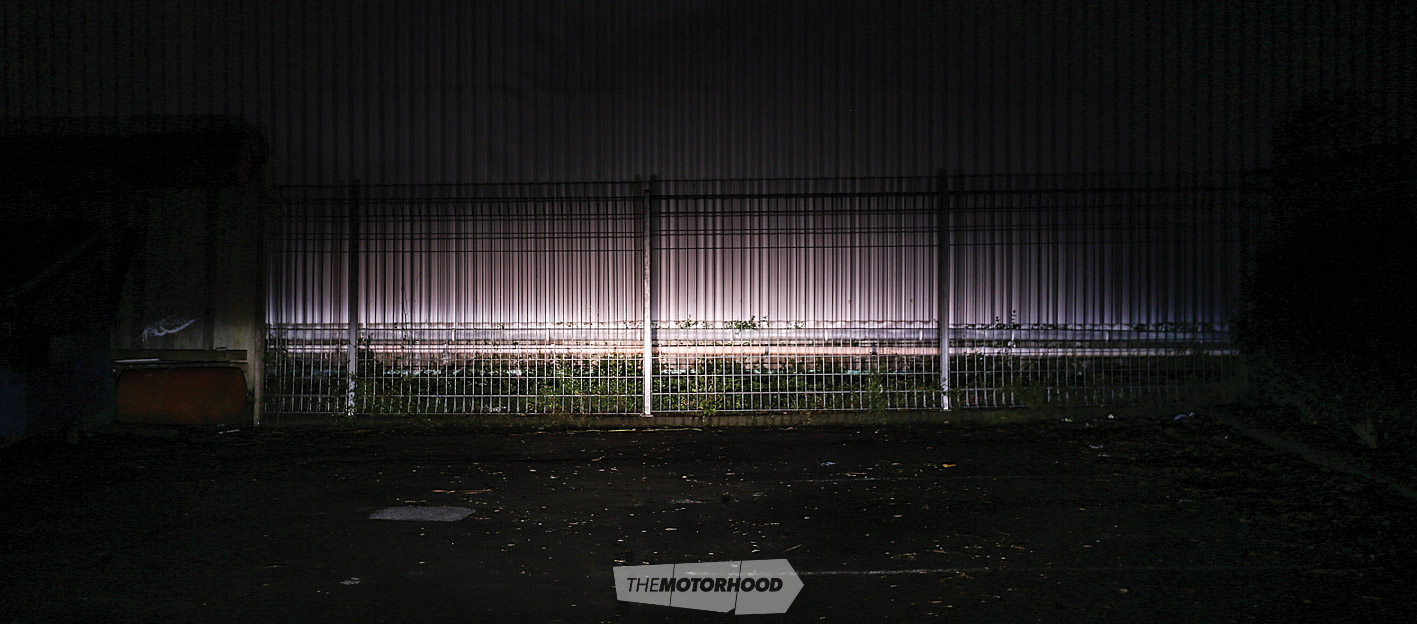With hundreds of different products thrust under your nose on a daily basis, we don’t blame you if you feel a little dubious when a new product hits the market, especially when you’re supposed to trust it for use on your pride and joy.
Luckily, we’re here to put these products through a rigorous ‘brofessional’ test, so that you can make a more informed choice when you’re staring at the shelf in your local.

This month’s product is Narva’s latest offering in high-performance headlight bulbs, its Platinum Plus 130. The vehicle we fitted with the bulbs was an older E53 BMW X5 pre facelift, as the old yellow H7s bulbs it ran really dated the tow car’s looks at night. Fitting a new set of bulbs to any vehicle is a pretty straightforward process and can usually be done without tools. But X5s are a little different, and we needed to remove the entire headlight unit, whereas on most cars you can gain access to the rear of the assembly and simply click the bulb in place. Ninety-nine per cent of the time, it truly is a five-minute job.
Your headlight will take either the H4 or H7 type, but be warned, when installing your new bulbs, do not touch the glass piece of the bulb. Wear gloves, as the oils and salts on your fingers will damage the quartz glass and shorten the bulb’s lifespan. If you do touch the glass, though, all is not lost. Simply wipe the bulb clean with rubbing alcohol or a solvent and remove all the excess with a dry cloth or paper towel.


Narva advertises the Platinum Plus 130 as emitting 130 per cent more light than your traditional H4 or H7 bulb. While we had no real means of measuring the light output in a scientific manner, as you can see in our brofessional before-and-after wall test, there is considerably more light for the same power input. We were impressed. The other big change was the colour of the light itself, which switched from a yellow to a bright white, to instantly bring the truck into this century. The pack also included the park-light bulbs to match.

A set of Narva Platinum Plus 130 bulbs retail for around $100, and they’re also available in singles from all leading automotive retailers nationwide.



